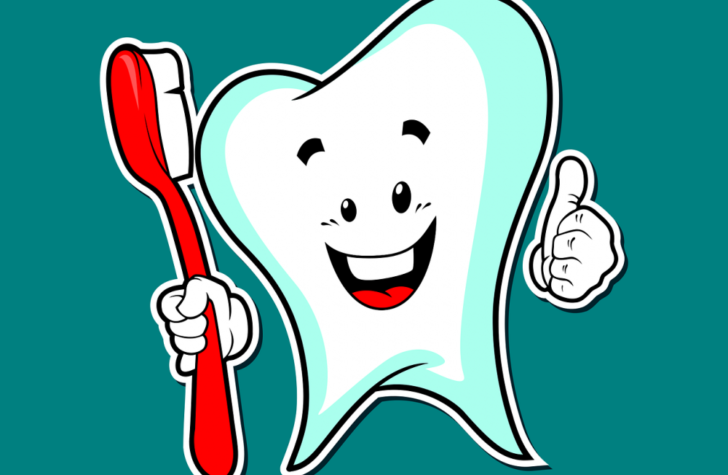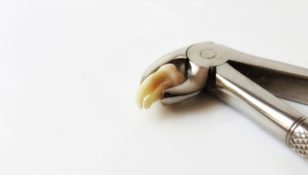Vacant Health: Discovering the Various Types and Advantages

Introduction:
Vacant health is a term that refers to the state of being physically healthy but lacking overall well-being or emotional fulfillment. It is a concept that has garnered attention in recent years as people become more conscious of the importance of holistic health. This article aims to provide an in-depth overview of vacant health, outlining its different types, measurements, and historical perspectives. Whether you’re familiar with the term or hearing it for the first time, this article will help you understand the concept better and its relevance in today’s society.
Section 1: Understanding Vacant Health

Vacant health encompasses a wide range of factors that contribute to an individual’s well-being beyond physical health. It involves emotional, mental, and spiritual aspects, thus requiring a holistic approach to achieve overall wellness. It goes beyond merely being disease-free and focuses on optimizing every aspect of one’s life. Vacant health can be seen as the next step beyond physical health, with the ultimate goal being a balanced and fulfilling life.
Section 2: Different Types of Vacant Health
2.1 Mental Vacant Healt This pertains to the state of one’s emotional and psychological well-being. It involves having a positive mindset, managing stress effectively, and maintaining resilience. Practices such as mindfulness, meditation, and therapy play a significant role in enhancing mental vacant health.
2.2 Emotional Vacant Healt Emotional vacant health focuses on developing emotional intelligence and resilience. It involves recognizing, understanding, and managing one’s emotions effectively. Building strong relationships, practicing self-care, and seeking support are crucial for emotional vacant health.
2.3 Spiritual Vacant Healt Spiritual vacant health refers to finding purpose and meaning in life. It involves connecting with something greater than oneself, embracing personal values, and establishing a sense of inner peace. Practices such as meditation, yoga, and exploring spirituality contribute to spiritual vacant health.
Section 3: Quantifying Vacant Health
Measuring vacant health is a complex task due to its multidimensional nature. However, various tools and assessments can provide valuable insights. Some commonly used measurements include:
– The World Health Organization’s Quality of Life Scale: This scale assesses an individual’s overall well-being across physical, mental, social, and environmental domains.
– The PERMA model: Developed by positive psychologist Martin Seligman, this model measures five key elements of happiness positive emotions, engagement, relationships, meaning, and accomplishment.
Section 4: Comparing Different Types of Vacant Health
Each type of vacant health has unique characteristics and requires different approaches to achieve optimal wellness.
– Mental vacant health focuses on cognitive well-being and emotional resilience.
– Emotional vacant health emphasizes recognizing and managing emotions effectively.
– Spiritual vacant health involves finding meaning and purpose in life.
Section 5: Historical Perspectives on the Advantages and Disadvantages of Vacant Health
Throughout history, different cultures and societies have had varying views on vacant health. While some prioritize physical health as the sole indicator of well-being, others have embraced a more holistic approach. Advantages of vacant health include increased life satisfaction, improved relationships, and enhanced resilience. On the other hand, disadvantages may arise when vacant health is pursued at the expense of neglecting physical health or when expectations become unrealistic.
Conclusion:
Vacant health has emerged as a crucial concept in the pursuit of overall wellness. By recognizing the different types of vacant health and understanding their significance, individuals can take a more holistic approach to their well-being. Prioritizing mental, emotional, and spiritual health alongside physical health can lead to a more fulfilling and balanced life. As our understanding of vacant health evolves, it is essential to continue exploring ways to integrate all dimensions of well-being for optimal health and happiness.
[INSERT VIDEO HERE]
(Note: The video can be a relevant informational video highlighting the importance of vacant health and providing tips on how to achieve it.)

















